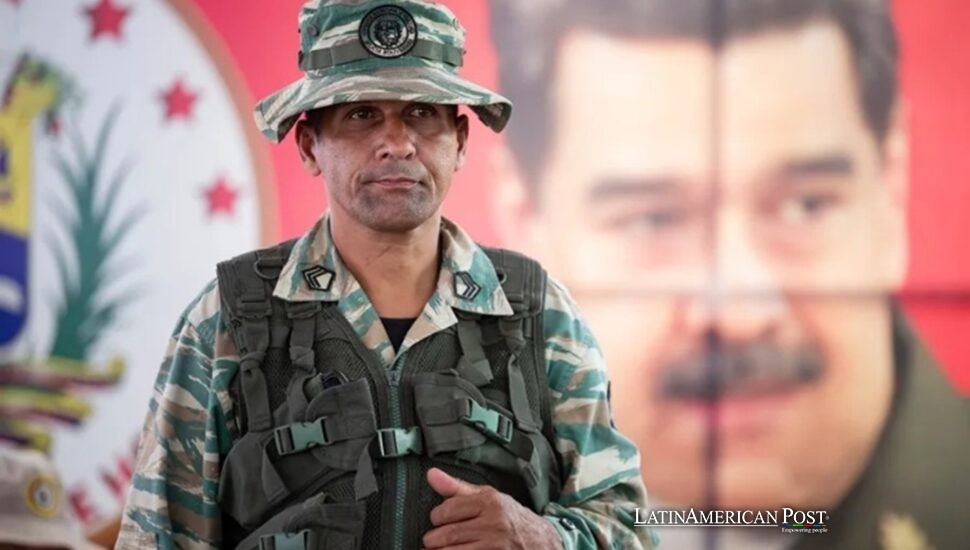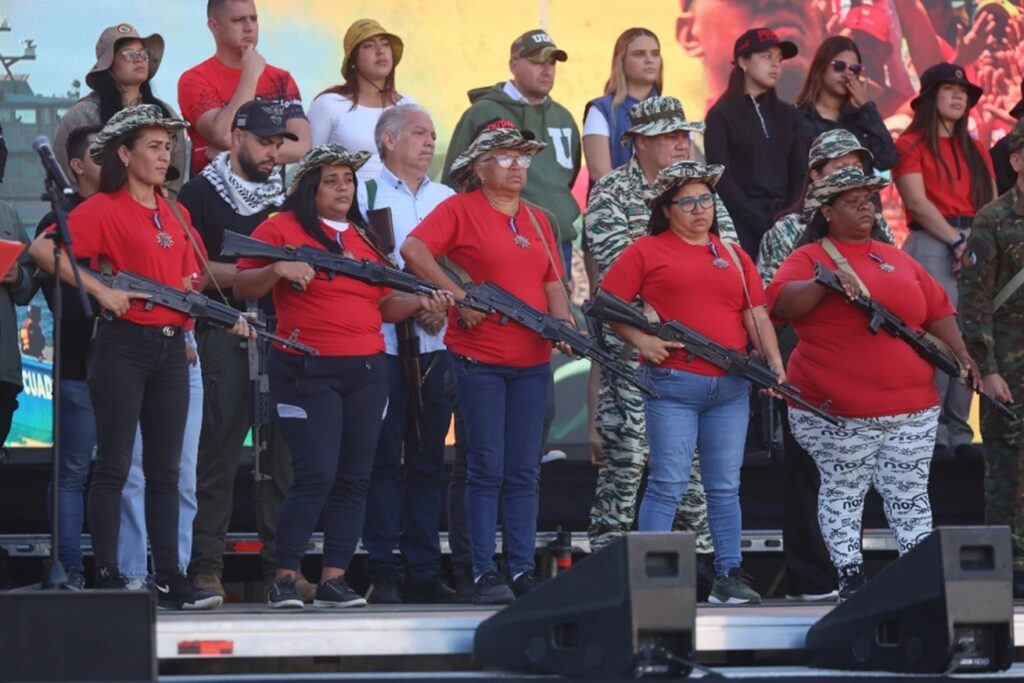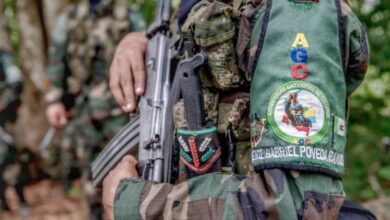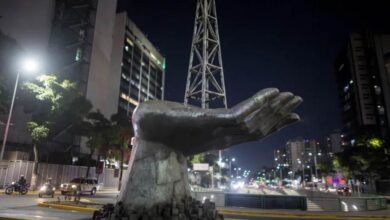Deterrence By Chaos: Inside Venezuela's Guerrilla Blueprint to Stop an Invasion

Venezuela’s latest military doctrine concedes weakness, not defeat. As U.S. forces mass and Donald Trump hints at escalation, Caracas prepares to trade symmetry for chaos—building a deterrent from street disorder, scarcity, and the ghost of Bolívar himself, Reuters reports.
Guerrilla Doctrine Meets Anarchization
Behind the patriotic broadcasts and martial slogans, Venezuela’s generals are writing a playbook for a war they know they cannot win. Reuters’ reporting reveals a two-tier plan: “prolonged resistance” in the countryside and “anarchization” in the capital. Together, they outline a doctrine less about victory than survival.
The first layer, mapped across more than 280 locations, envisions dispersed units waging sabotage and ambushes should U.S. missiles fall. The second—spoken of only in whispers—is the darker twin: a contingency to unleash disorder in Caracas itself, mobilizing intelligence networks and armed party loyalists to render the capital ungovernable for any occupying force.
These are not the plans of a confident army. They are the calculations of a regime that knows the battlefield will collapse before the propaganda does. “We wouldn’t last two hours in a conventional war,” a source close to the government admitted to Reuters—a brutal truth disguised in patriotic spectacle.
President Nicolás Maduro has been laying this psychological groundwork for years, pairing defiant speeches about sovereignty with doctrines that assume defeat. The narrative is combustible and straightforward: if Washington attacks, Venezuela will become a continental Vietnam. Simón Bolívar’s ghost will rise, the streets will burn, and any foreign flag planted in Caracas will choke on its own victory.
The message aims not at triumph but at deterrence. When Trump quipped that “the land is going to be next,” Maduro turned the threat into a banner of defiance. Interior Minister Diosdado Cabello mocked the idea of easy conquest on state TV, sneering that Washington “thinks that with a bombing they’ll end everything.” His warning doubled as theater: any strike, he implied, will not end the war—it will begin the chaos.
That, ultimately, is the point. To make invasion sound more dangerous than restraint. To suggest that behind every street vendor, every hillside, and every crumbling block is someone ready to turn desperation into defense.
A Military Built On Scarcity, Not Strength
In practice, Venezuela’s army is a shadow of the force its parades portray. Reuters’ investigation depicts a military large on paper, brittle in the field. Logistics are broken, morale is eroded, and training has been reduced to crowd control. Commanders barter with farmers for rations. Soldiers earn barely $100 a month while basic goods cost five times that.
Maduro, following the Hugo Chávez script, has bought loyalty instead of readiness—placing officers atop ministries and state companies. That system has kept the brass obedient, even through contested elections, but loyalty cannot replace fuel, spare parts, or discipline.
Desertions, Reuters reports, would be likely under real fire. Nor does the much-touted “people’s militia” offer meaningful protection. The government claims eight million trainees; insiders whisper that only 5,000 to 7,000 armed loyalists could actually be mobilized for street fighting. For the guerrilla “war of resistance,” perhaps 60,000 soldiers and National Guardsmen could be fielded—impressive on television, but insignificant against modern airpower.
This imbalance creates a paradoxical form of strength. A weak state can deter a stronger one precisely because its only remaining weapon is catastrophe. The message from Caracas is brutal in its clarity: if we cannot win, we can make you lose. Invade, and you will inherit a burning city, a splintered country, and a guerrilla movement born from the rubble.

Old Hardware, New Messaging
Venezuela still rolls out its aging Russian-made arsenal for the cameras—Sukhoi jets, tanks, and shoulder-fired missiles from the 2000s gleaming under tropical light. Maduro boasts that the Igla-S missile systems can strike any low-flying aircraft, claiming “no less than 5,000 of them” are hidden across the country, “to the last mountain, the last town, and the last city.” Reuters’ defense sources confirmed the systems’ deployment and Russia’s quiet support with radar upgrades, even as Moscow publicly urges restraint.
Yet everyone in the chain of command knows the truth: these weapons will not save the regime in open battle. “Those Sukhois are nothing against stealth bombers,” one defense source told Reuters flatly. But hardware has another purpose—it is propaganda in motion.
Televised drills, convoys rolling through barrios, and camouflage-clad militias are staged to feed two audiences at once: domestic citizens, who must believe their sovereignty still stands, and foreign planners, who must fear the aftermath of its collapse. Defense analyst Andrei Serbin Pont summarized the subtext: the real threat isn’t that these weapons can defeat an invasion—it’s that they could scatter into the hands of non-state actors if the state implodes.
For Latin America, that is the nightmare. The region already bleeds from the wounds of armed groups blending politics and crime—from Colombia’s dissident guerrillas to Brazil’s militias. A war that cracks open Venezuela’s arsenals could seed those conflicts for decades, flooding black markets with MANPADS and assault rifles that endanger aviation, policing, and trade.
Deterrence by chaos can work—but chaos doesn’t stop at borders.
Deterrence By Chaos And The Regional Risk
Caracas’s strategy is a paradox wrapped in desperation. It is both an admission of defeat and a wager on fear. “The Venezuelan military is not prepared or professionalized for a conflict,” one source told Reuters, “but Washington must know what happens next.” The bet is that the United States, having bombed drug boats and flexed its carriers, will hesitate to own the chaos that follows.
That may be a safe bet—for now. Deterrence works when both sides can clearly see the abyss. But history in the Americas suggests another pattern: each side overestimates its control. Hard-liners in Washington could mistake Caracas’s guerrilla talk for bluff and press for quick strikes, convinced the regime will fold. Inside Venezuela, the same doctrine could trap the government into escalation if any border clash or misfired missile demands a show of defiance.
There is a darker irony still. Deterrence through chaos has a way of breeding its own reality. To prepare for ungovernability, a regime must arm and empower the very actors that make governance impossible. Every rifle handed to a loyalist today is a future wildcard tomorrow. When the “prolonged resistance” plan outlives its emergency, it leaves behind the architecture of a permanent low-grade war—intelligence agents, colectivos, militias—that already strangle Venezuelan civic life.
Even if the United States never lands a single soldier, the country could still fracture along the lines its leaders have drawn. The weaponization of scarcity and fear is not a temporary defense; it is a long-term infection.
For Latin America, this is more than Venezuela’s drama. The region has cleaned up too many great-power experiments—Guatemala, Chile, Nicaragua, Panama—to mistake rhetoric for harmless theater. A war avoided is not a peace secured.
What’s required now is diplomacy with muscle: regional governments willing to set guardrails on military signaling, to contain arms leakage, and to negotiate sanctions relief tied to visible reforms rather than surrender. Absent that, both Caracas and Washington will keep playing to their domestic galleries, sleepwalking toward a confrontation neither can afford.
Reuters’ investigation sketches the doctrine in chilling detail—and leaves one conclusion hanging over the Caribbean like a storm cloud: deterrence by chaos may prevent a war today, only to sow a thousand smaller wars tomorrow.
Also Read: Venezuela, Drug Boats, and the Politics of Ambiguity: Trump’s 60 Minutes Gamble





